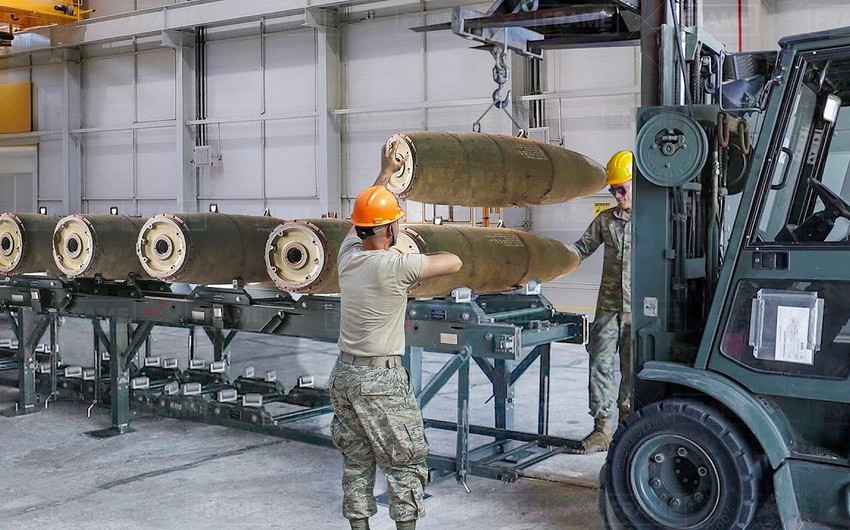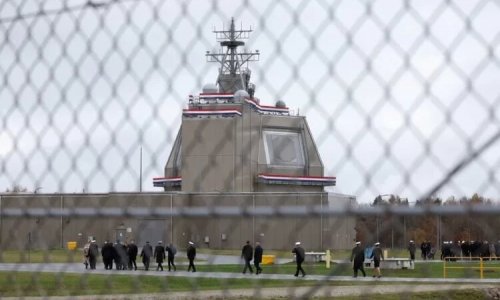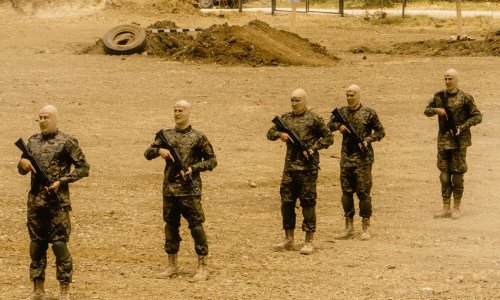This contract includes the Foreign Military Sales (FMS) of SDBs to Ukraine, Japan, and Bulgaria, with $396 million of FMS sales funds obligated at the time of the award, according to a Pentagon release. The work will be carried out in St. Louis, Missouri, and is expected to be completed by December 31, 2035.
The GBU-39/B Small Diameter Bomb is a 250-pound precision-guided glide bomb that allows aircraft to carry multiple smaller bombs. Ukraine has been using air-dropped SDBs since November 2023 after modifying MiG-29AS fighters to carry eight SDBs each. The SDB is noted for its resistance to electronic jamming and nearly 90% accuracy. Unlike the ground-launched GLSDB version previously used by Ukraine, the air-dropped SDB is harder to intercept due to its smaller size and differing flight profile.
In addition, Boeing secured two other contracts: a $1.7 billion contract for C-17 Globemaster III sustainment, involving FMS to Australia, Canada, India, Kuwait, NATO Airlift Management Program, Qatar, the United Arab Emirates, and the United Kingdom, with work expected to be completed by October 31, 2035; and a $600 million contract for the testing and integration of Joint Direct Attack Munition (JDAM) and Laser JDAM, with FMS to Israel, Singapore, the Philippines, Indonesia, and Türkiye, with completion expected by September 29, 2035.
The Israeli Air Force (IAF) conducted a strike on Hezbollah leader Hassan Nasrallah on 27 September, reportedly using 60-80 JDAMs, including GBU-31(v)3 bunker-buster munitions, targeting four high-rise buildings in urban Beirut. The exact number of weapons used is unclear, as is whether all were GBU-31(v)3. JDAMs combine unguided bombs with GPS guidance for accuracy, and the GBU-31(v)3 is designed to penetrate heavily fortified structures.
The large number of weapons used in this strike stands out, with the IAF dropping up to 80 JDAMs in one night-compared to 24 GBU-24 and GBU-28 bunker busters used by US forces during the 2003 Iraq invasion. The precision strike targeted four buildings in a dense urban area, requiring detailed planning to avoid damaging non-Hezbollah structures. The use of multiple JDAMs per building aimed for effective penetration at different points, suggesting up to 20 bombs per building, allowing each to strike various levels. This approach would explain the high number of munitions employed, with multiple weapons set to different fuse delays for precise detonation on different floors, resulting in up to 80 bombs for the entire operation.
www.anews.az
Follow us !











